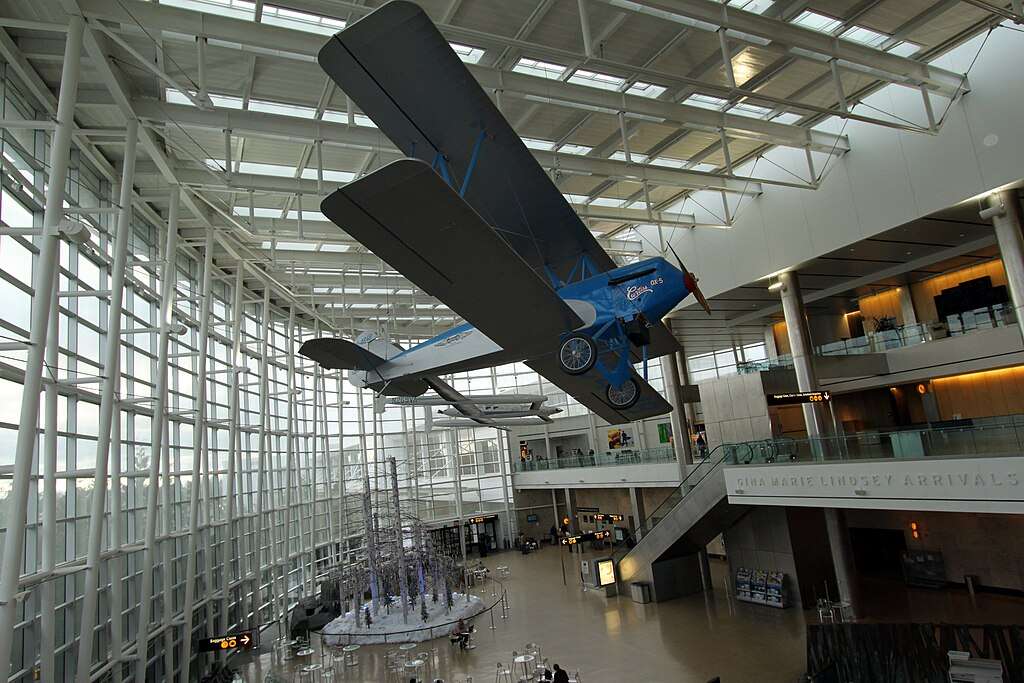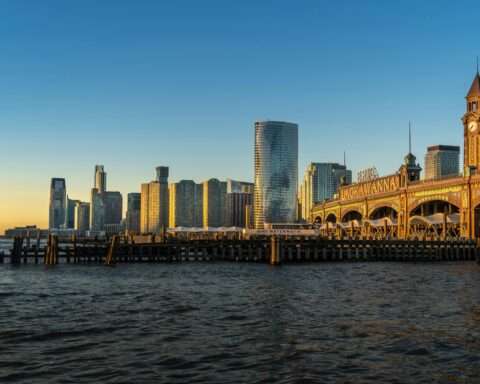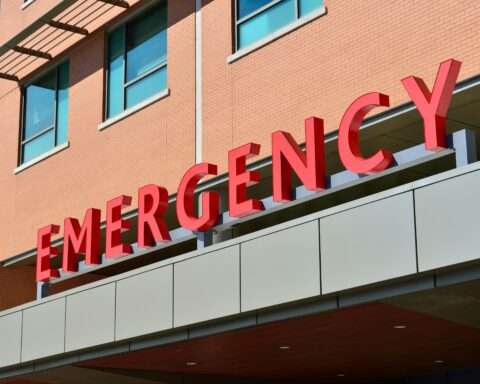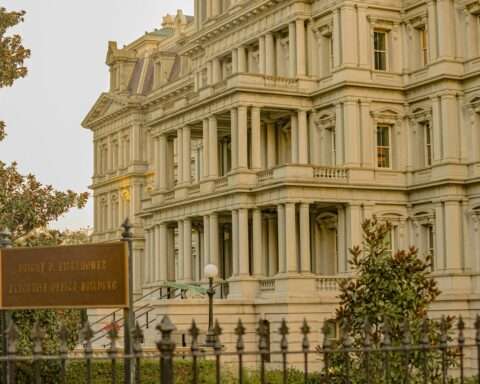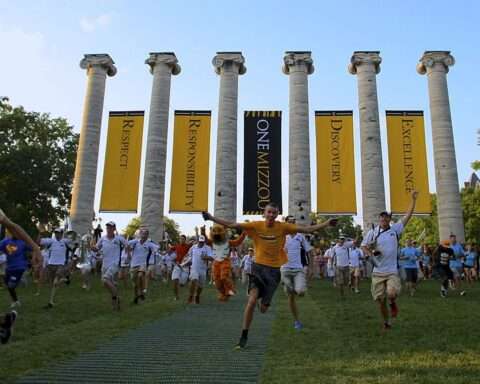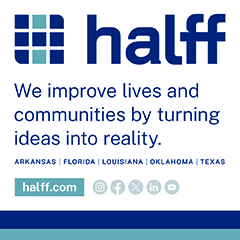The Federal Aviation Administration (FAA) recently completed and approved a federal environmental assessment for projects included in the Seattle-Tacoma International Airport (SEA) master plan. The assessment, completed Sept. 26, reviewed 31 proposed near-term projects meant to improve airport efficiency and meet future demand.
The FAA review identified 17 findings that the airport must address during design, construction and operation of the proposed facilities. Although the report determined that the projects will not have a large environmental impact and all but one of the findings represent common practice, it added a condition requiring the airport to implement surface transportation improvements at 26 intersections. The review also requested a $40 million investment to improve local communities.
The master plan, dubbed the Sustainable Airport Master Plan (SAMP), focuses on five main areas of improvement: meeting forecasted passenger demand, meeting forecasted cargo demand, complying with FAA airfield standards and guidance, improving operational efficiency and providing additional fuel capacity. The fuel capacity focus includes projects meant to meet the requirements of SEA’s Sustainable Aviation Biofuel Initiative.
To meet passenger demand, the SAMP plans to add 19 new gates through its North Gates project. That project consists of a multi-level concourse that connects to a new second terminal via a pedestrian bridge. The second terminal will be built on the current Doug Fox lot and will include check-in facilities, baggage screening and claim, airline offices and concessions. An elevated busway and stations will provide connections between the main terminal, second terminal and rental car facility.
The airport will also construct new hardstand areas to accommodate aircraft waiting for gates or departure, with space for approximately seven aircraft north of Concourse D and four aircraft in the northwest corner of the North Gates apron.
To meet cargo demand, the airport will redevelop the Cargo 4 South site to add roughly 80,000 square feet of warehouse space with truck terminals and parking. Additional cargo facilities will be constructed on airport-owned land in two phases, adding approximately 330,000 square feet in the first phase and 90,000 square feet in the second phase. The airport will also build a new hardstand in the North Cargo area to accommodate approximately five large freighter aircraft.
To improve airfield efficiency, the airport will extend Taxiway A/B south of the terminal complex, creating dual parallel taxiways with proper separation from the runway. A new high-speed exit will be built for Runway 34L, allowing landing aircraft to clear the runway faster and reduce delays. The airport will also extend Taxiway D to create an additional parallel taxiway between runways.
To comply with FAA standards, the airport will expand blast pads on one runway to meet standard dimensions and relocate a taxiway to achieve required separation from the runway. The project will also improve safety by adjusting several taxiways and removing pavement that creates confusion for pilots. Additional taxiway improvements will be made as areas require reconstruction or are impacted by other projects.
To expand fuel capacity and meet new biofuel standards, the airport will expand its fuel farm by adding four settling tanks to provide approximately 10 million gallons of additional storage capacity. The expansion includes infrastructure to support the airport’s Sustainable Aviation Biofuel Initiative, including a 500,000-gallon blending tank, a 100,000-gallon biofuel receipt tank and a truck fuel rack to support biofuel deliveries. The project will also add consolidated deicing fluid storage tanks at both the north and south ends of the airfield.
The near-term projects outlined in the SAMP are designed to be completed by 2032 due to delays from Covid-19 and other factors. Planning began in 2014 to accommodate a forecasted demand of approximately 56 million annual passengers. SEA will now move forward with detailed design and construction planning for the approved projects. Virtual and in-person comment will be available during a scheduled meeting on Oct. 28 at SEA.
Photo by Prayitno from Los Angeles, USA, CC BY 2.0 https://creativecommons.org/licenses/by/2.0, from Wikimedia Commons



